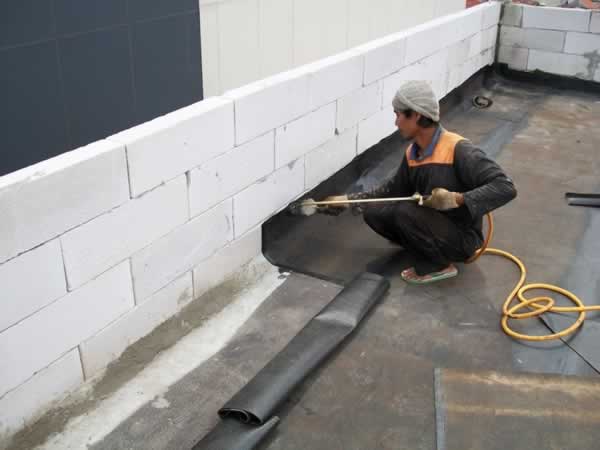A leaky basement is an unfortunate reality for many homeowners. And while a soggy basement may not be the end of the world, it can be a costly nuisance. Many problems can occur when a basement is leaky, from mould to mildew and leaks to water damage. To protect yourself and prevent further damage, learn about the different basement waterproofing toronto and foundation repair types that are available. There are many options to bring back the sense of order to your basement, from floating floor to epoxy coatings. Of course, the best way to find out which choice is right for you is to talk to a Toronto basement waterproofing contractor about your situation. So, if you’re interested in learning more about basement waterproofing and foundation repair, read on and get the help you need!

1.Waterproofing Exterior Walls Toronto:
If you suspect that there are holes or cracks in your basement walls or foundation, the first step is to contact a Toronto basement waterproofing contractor to investigate. In the case of exterior basement waterproofing, holes and cracks can lead to issues such as mould and mildew. However, if the structure of your home is sound, you may want to waterproof the outside of your basement walls. This option is the most common and can be an inexpensive fix. For example, if you choose to install a drainage system on the exterior of your basement walls, you can prevent moisture from entering your basement. If there are no visible cracks in your walls, you can install a sump pump at the lowest point of your basement. By taking these preventative measures, you can ensure that your basement will stay water-free for years to come. Enlisted are few other recommended exterior waterproofing ideas:
1.1. Guttering:
Another inexpensive way to waterproof your basement is to install gutters on the exterior of your house. If you install gutters at the lowest point of your basement, you can redirect rainwater to a safe location, which will prevent water from seeping through your basement walls. In addition, you can also install gutters on the sides of your house. This way, when it rains, rainwater can run down the sides of your home and away from your basement.
1.2. Grading:
To prevent water from seeping into your basement, you may want to grade your yard around your house. By grading your yard, you can create a level surface that is sloped away from your home. This way, if water enters your yard, it will move away from your home and toward the nearest drain. Grading your yard can be an expensive solution, but it is an effective way to ensure that moisture stays away from your basement. If you decide to grade your yard, be sure to consider this option in conjunction with guttering or another alternative solution.
2.Interior Waterproofing:
If your basement is already leaky and you want to get rid of the moisture, you may want to consider interior waterproofing. Interior basement waterproofing requires that you fix the leaks that are causing water to seep into your basement. Once the leaks are fixed, you can create a barrier to prevent future moisture from entering your basement. Below we will discuss some of the best options for interior waterproofing.
2.1. Crack Repair:
The first step in interior waterproofing is identifying the leaks. If you have cracks or leaks in your basement, you can locate them by conducting a thorough inspection. If you notice cracks in your basement floor, walls, or ceiling, you may want to seal them up with waterproof caulk. There are many options for waterproof caulk, including polyurethane and silicone caulk. It is best to choose a caulk that lasts for at least five years and has a high moisture resistance level. Once you’ve identified and fixed the leaks, you can then begin to waterproof your basement.
2.2. Waterproof Coatings:
The best way to waterproof your basement is by using a waterproof coating. The coating creates a barrier that prevents moisture from seeping into your basement walls. This type of waterproofing can be effective, but it is also expensive and time-consuming. However, if you are looking for long-term protection, it may be worth the investment. Epoxy coatings are among the most popular choices because they last for years and can withstand extreme temperatures. Other options include concrete coatings and polyurethane foam.
2.3. Pressure Relief Systems:
A pressure relief system is another common choice for interior waterproofing. A pressure relief system uses pumps and vents to draw excess moisture out of your basement. For best results, the pumps and vents should be installed on your basement floor, not on the walls. To prevent the moisture from entering your basement again, you can install an anti-condensate system. This system works by using refrigerants and pumps to draw excess water out of your basement.
Conclusion:
Your basement is one of the essential features of your home. It is your shelter when storms are brewing and your refuge when you need to escape the heat. However, if your basement is leaky, this can be an uncomfortable and unpleasant space. Luckily, there are many ways to waterproof your basement. While some of these methods can be costly, they are also very effective. For best results, contact basement waterproofing Toronto experts to discuss your specific needs and get solutions guaranteed to solve your basement water problems.














